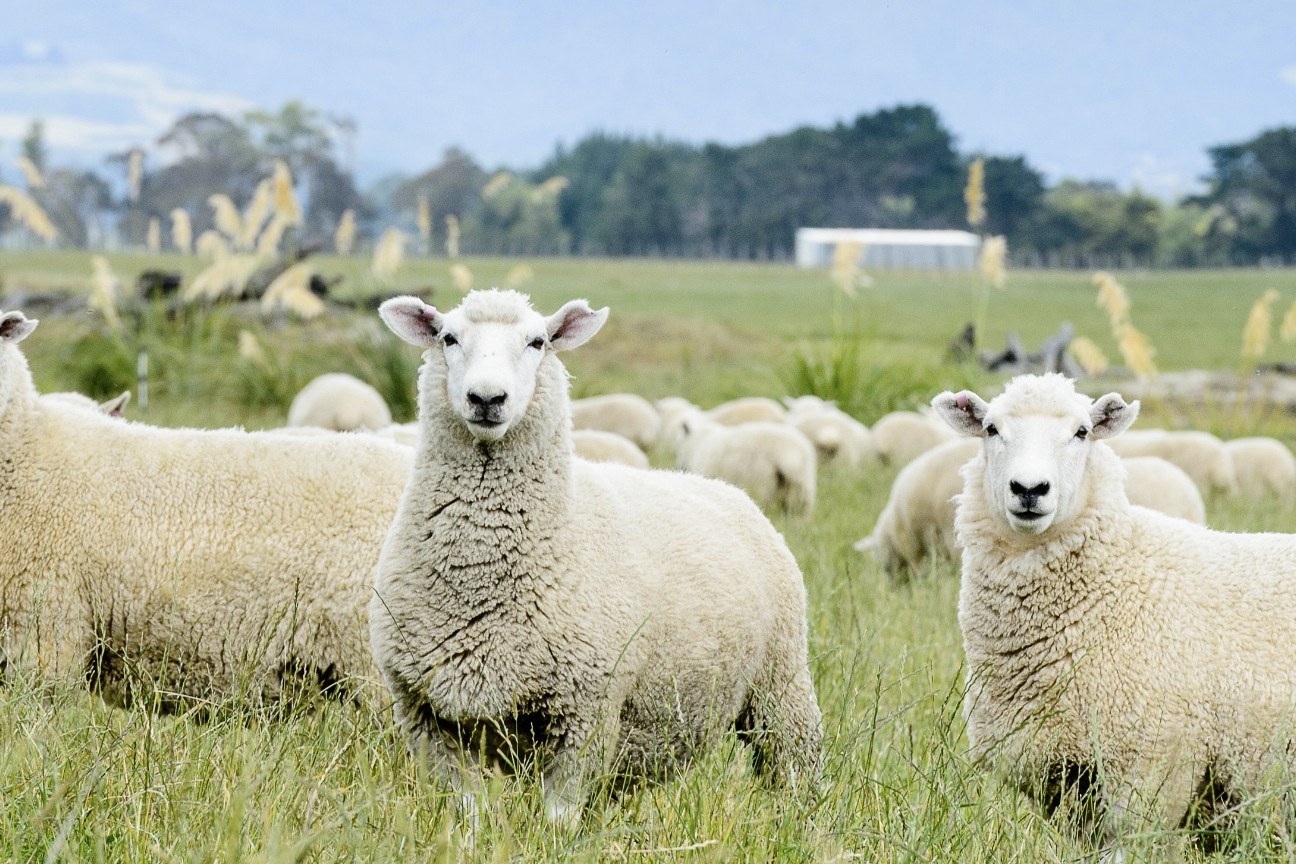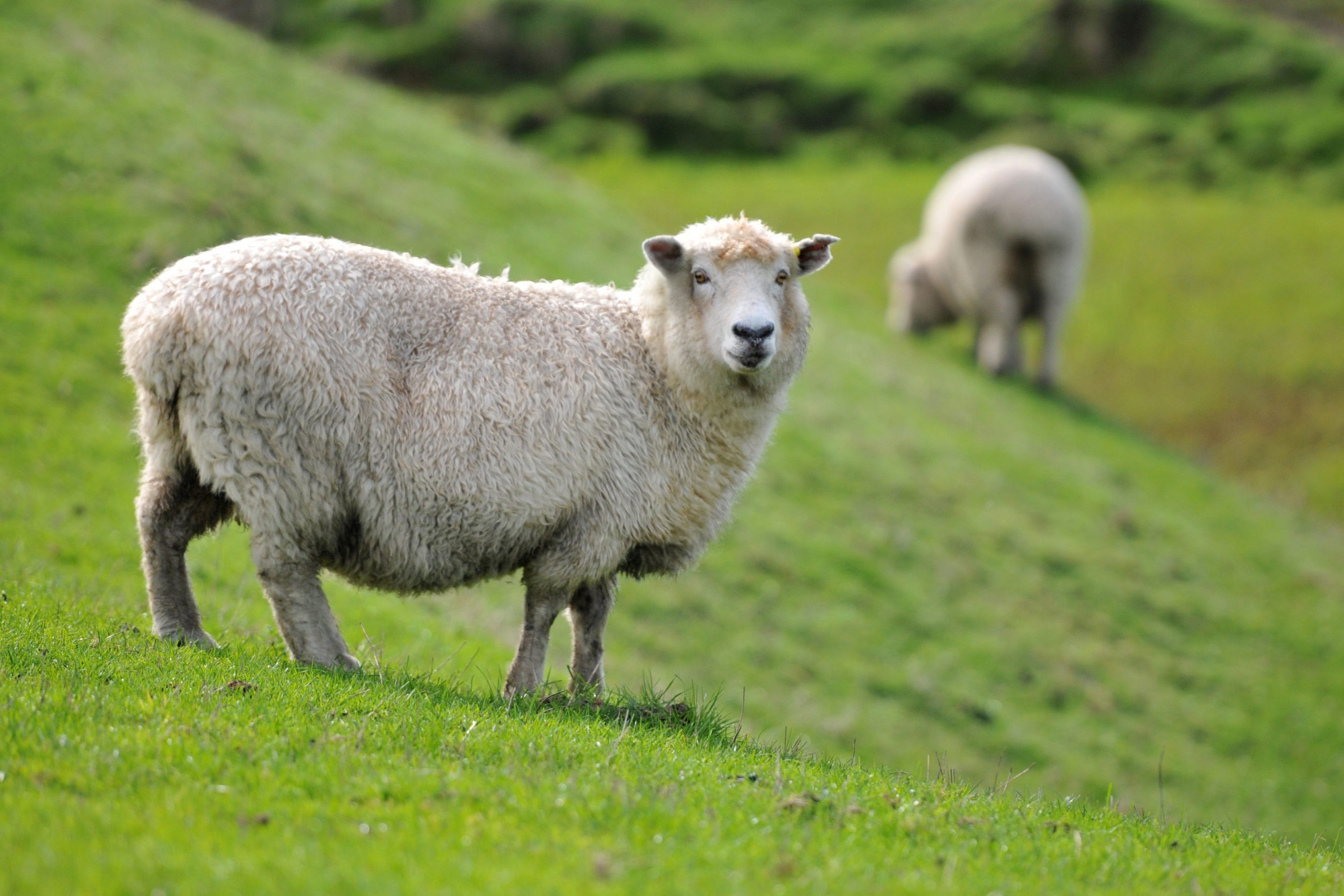Genetic tools under-utilised by sheep industry
Dr Jason Archer, Head of Genetics at Beef + Lamb New Zealand, believes the sheep industry is under-utilising the transformative power of genetic tools to speed up genetic progress. Words Sandra Taylor.

While just over half of the remarkable productivity gains made in sheep farms from 1990 to 2025 can be attributed to genetics, Dr Jason Archer, Beef + Lamb New Zealand’s Head of Genetics believes the sheep industry needs to use tools such as genomics to a far greater degree.
“I think we’re only at half throttle. We need to find ways to unlock the power of genetics and really get genetic progress humming using genomic tools.”
He says genetics is a platform from which the industry can find solutions to its many challenges including parasite resistance, wool and traits related to animal welfare and labour inputs such as health, tails and dags.
“In reality, both genetics and management need to change together to achieve the gains we really need to make. Genetics can unlock the potential but then management systems need to also adapt.”
Jason is calling for the industry to consider models that would allow the greater use and uptake of genomic technologies.
“While there are multiple breeders investing in ‘hard-to-measure traits’ and using genomics, they are understandably protective of their intellectual property.
“To encourage breeders to invest, our current policies around the genetic evaluation system deliberately restrict the benefits to those who do invest. But this undermines the whole point of genomics, which is to measure the hard traits on a subset of animals (the ‘reference population’) and then spread the benefits much more widely by giving genomic predictions to other animals without measurements.
“We need to be more planned and co-ordinated as an industry and make tools more available throughout the industry.”
One suggestion from Jason was to pay people to collect the hard-to-measure phenotypes, with funding for this built into the price of a genomic prediction. This would allow the industry to calibrate genotypes and incentivise the collection of valuable data.
“We need to create a sustainable commercial approach where those who are benefiting are contributing to the cost of creating the benefits.”
He says genomics particularly lends itself to hard-to-measure traits which can have big impacts on the viability of the sheep industry. High on that list are traits including facial eczema tolerance, parasite resistance, eating quality, feed efficiency and methane production.
The challenge is creating a value proposition for breeders to get better and more accurate information, while at the same time aligning the costs with the benefits.




